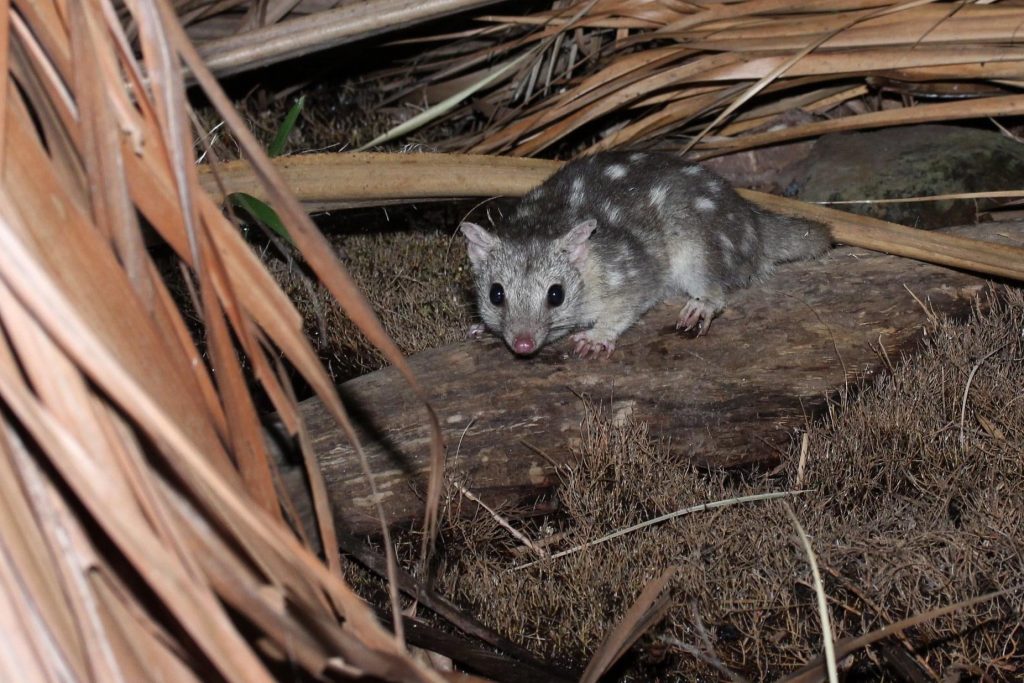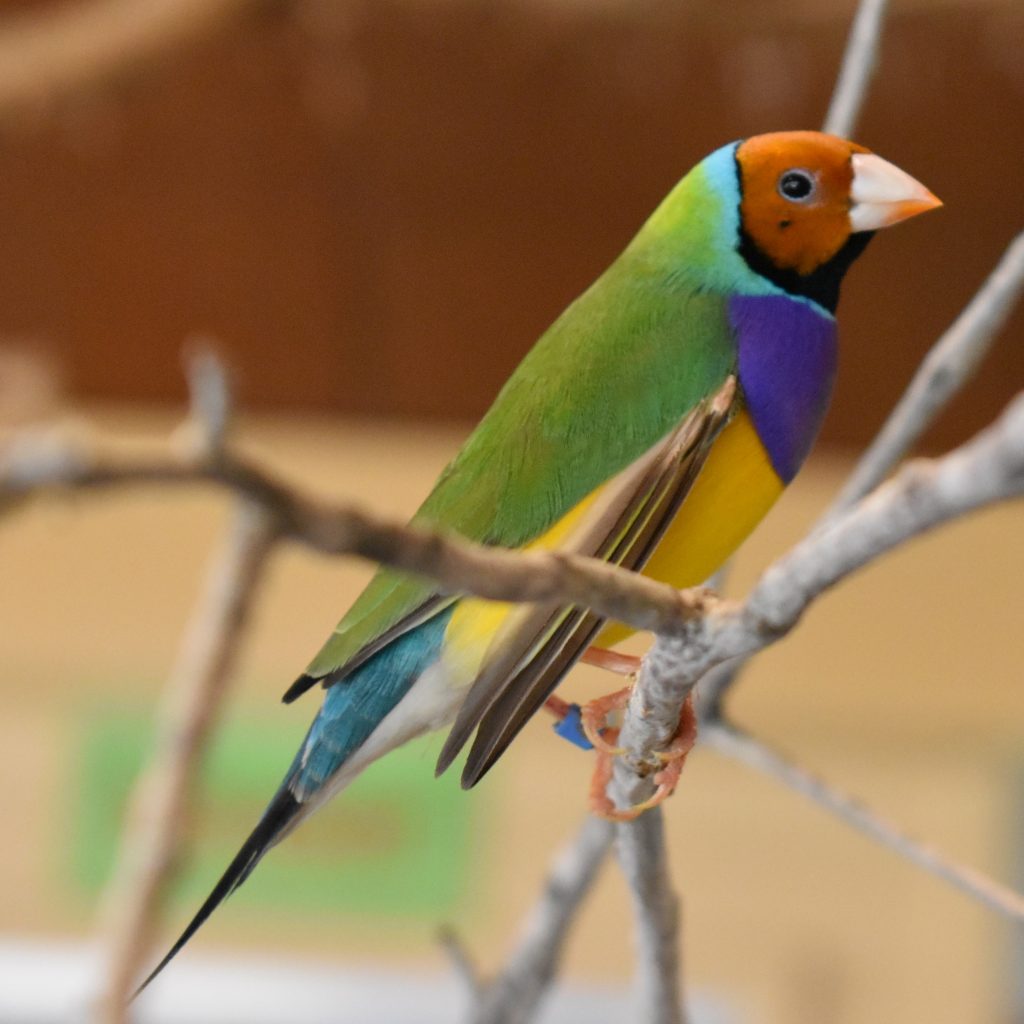January 2023 update:
We’ve extended our project to cover a broader range of data – it’s now called the Restricted Data Access Project. To learn more, see the project fact sheet and our current projects page.
In January 2021, we started a new collaborative project that aims to address some of the major challenges for people working with sensitive and threatened species data.
Data for sensitive species is critical for researching and managing our threatened species and ecosystems. Currently, sensitive species data is hard to access, and the ways people access these data are different for all states and territories.
The Sensitive Species Data Pathways project (https://doi.org/10.47486/PS027), supported by ARDC, is the first project of its kind to involve every state and commonwealth jurisdiction, all relevant research infrastructures and data repositories, as well as peak community bodies working in the sector.
The project started in January 2021 and will continue through to December 2022.

What’s so special about sensitive species data?
Threatened and sensitive species data are central to meaningful research efforts and decision-making on biodiversity, ecological systems, and the effects of anthropogenic and climate changes on our environment. Sensitive species data encompass more than just threatened species though. Sensitive data can also relate to human health, trade, agriculture and exotic species, for example.
We know from recent experience during the Australian bushfires of 2019/20, that access to species data across jurisdictional boundaries is critical to understanding the impact of extreme events on our environment. It is also essential for mitigation, planning and recovery efforts. People working in this area require datasets that include the full spatial and temporal information about target species. These datasets often reside in jurisdictional data repositories and are hard to access.
Current challenges in accessing data on threatened species
There are many challenges facing people researching and managing sensitive and threatened species in Australia. Here we mention two key issues which the project team aims to address.

Access to data
At the moment sensitive species data is often managed locally without nationally consistent approaches to licensing and access. The data come from a range of sources that are public (primarily ALA) and restricted (jurisdictions, researchers, private). Access to restricted data can be sought, but the process is time consuming, and it’s not always clear who to approach, or how. A key focus for the project will be developing and implementing a National Framework to address issues such as licensing, access and authority, governance and programmatic standards.
Fuzzy wuzzy data
Obscuring or fuzzying threatened species data is a necessary practice to ensure vulnerable species are protected from poachers or habitat destruction and prevent unscrupulous researchers from accessing data. However, there is no nationally standardised way for obscuring precise location data. Each institution is reliant on internal or third party (state conservation agency or the Atlas of Living Australia) to fuzz data. Accidental data releases are an ever-present threat that manifests regularly. A national approach to fuzzing and un-fuzzing data will provide a vital risk-mitigation mechanism for protecting threatened species and research data.
The Sensitive Species Data Pathways project partners
We look forward to working with the following partners on this important project:
- Australian Research Data Commons
- Department of Agriculture, Water and the Environment (Commonwealth)
- Department of Planning, Industry and Environment (NSW)
- Department of Biodiversity, Conservation and Attractions (WA)
- Department of Environment and Water (SA)
- Department of Primary Industries, Parks, Water and Environment (TAS)
- Department of Environment, Land, Water and Planning (VIC)
- Department of Environment and Science (QLD)
- Department of Environment and Natural Resources (NT)
- The Environment, Planning and Sustainable Development Directorate (ACT)
- Western Australian Biodiversity Research Institute (WABSI)
- Atlas of Living Australia, CSIRO
- EcoCommons Australia
- Pawsey Super Computing Centre
- Council of Heads of Australasian Herbaria
- Council of Heads of Australian Faunal Collections
For more information on this project, please contact support@ala.org.au.
Sensitive Species Data Pathways project DOI https://doi.org/10.47486/PS027
